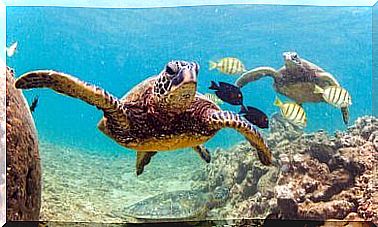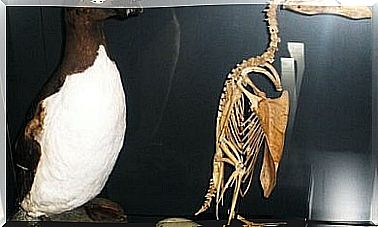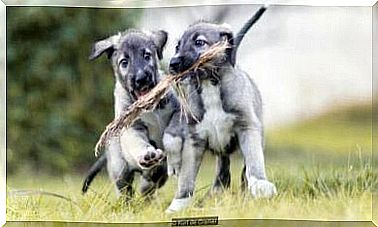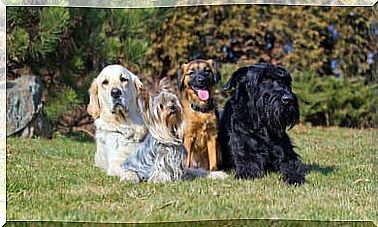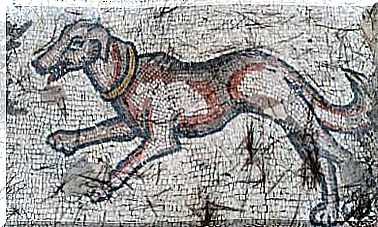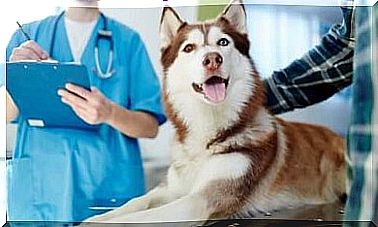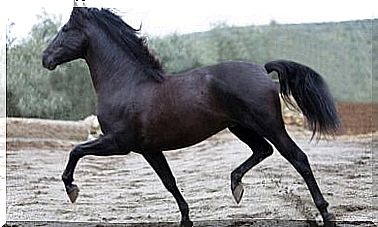How To Improve A Dog’s Social Skills

As we know, dogs’ intelligence and emotional reality are complex and sometimes similar to that developed by humans during childhood. There is a wide variety of cognitive investigations in dogs. These demonstrate the dog’s social skills and also how to improve them.
Dog Social Skills: Communication with Humans
One of the most interesting experiments to discover the dog’s social skills was the project carried out by the ethologist Brian Hane with his dog Oreo, which demonstrated the animal’s great social intelligence.
Dogs can understand our signals with communicative intent and therefore there are dog breeds that are easy to train. But could they produce these same signals for us to build a two-way road?
The same thing happened with other dogs, which shows that these abilities have a lot of individual variability. Even so, this would mean that dogs are not only able to receive our information, they are also able to intentionally transmit information to us.
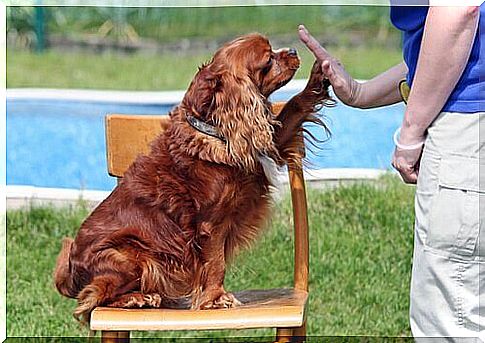
Dog Social Skills: Quick Mapping
Quick mapping is one of the dog’s most interesting social skills. Human beings learn the meaning of words very quickly from an early age, a capacity that increases between 12 and 16 months of life (we have the ability to learn an average of one word every three days). At age 10, we have already learned an average of 12 words a day.
Fast mapping is the ability that allows us to resolve the meaning of words through inference, which allows for this rapid capacity for learning and memory, which hardly requires repetition or practice.
In the 1980s there were many attempts to teach primates our language, and hundreds of words were taught to various species, but not through rapid mapping. However, dogs have proven to learn the language through quick mapping. Rico was the first to prove it at the Max Planck Institute.
A few weeks later, Rico remembered the names without having trained this skill. It was also able to recognize replicas, photos and images of the named objects.

Afterwards, these investigations were continued and it was possible that different dogs learned up to 1,000 words each, probably Oreo and Rico are not animals with very different abilities from the rest of the canine species.
Dog Social Skills: Exclusion Principle
Another experiment was to see that dogs have the ability to carry out the exclusion principle, whereby the dog is taught where there is no food, and the animal deduces that the food was on the other side. It has also been shown that dogs can conclude by inference which object they see and which they do not.
By placing balls behind an opaque barrier and a transparent barrier, and asking them to bring them, dogs tend to bring us the one they can both see, as the animals are on the other side of the barrier, both the opaque and of the transparent, so who can see the two balls. If both are on the side where you can see the two balls, they tend to pick randomly.
Another interesting example is that of Phillip, a dog trained by Joseph Topel: instead of training the animal through repetition/experimentation/error , Joseph trained Phillip for new actions using the command: “Do what I do”, and he succeeded. get Phillip to perform new tasks immediately through imitation.
Dogs’ social skills can be improved through such experiences. Thanks to these experiments, we now know that these animals are much smarter than we thought, and also that some of their cognitive abilities surpass those of cetaceans and apes. Isn’t that amazing?
